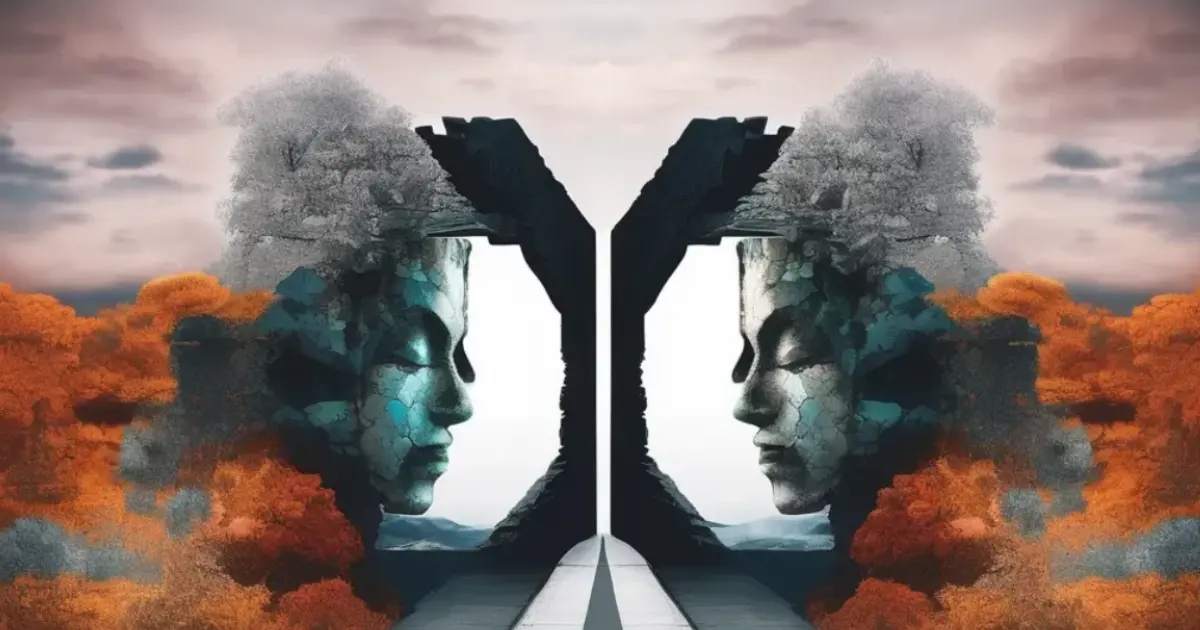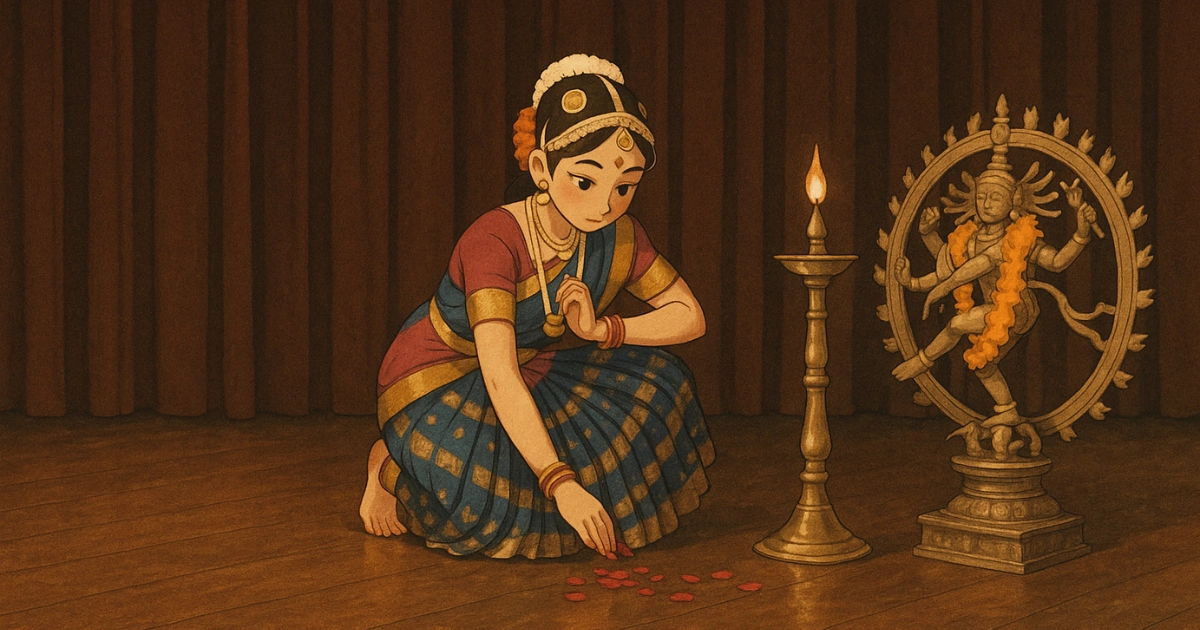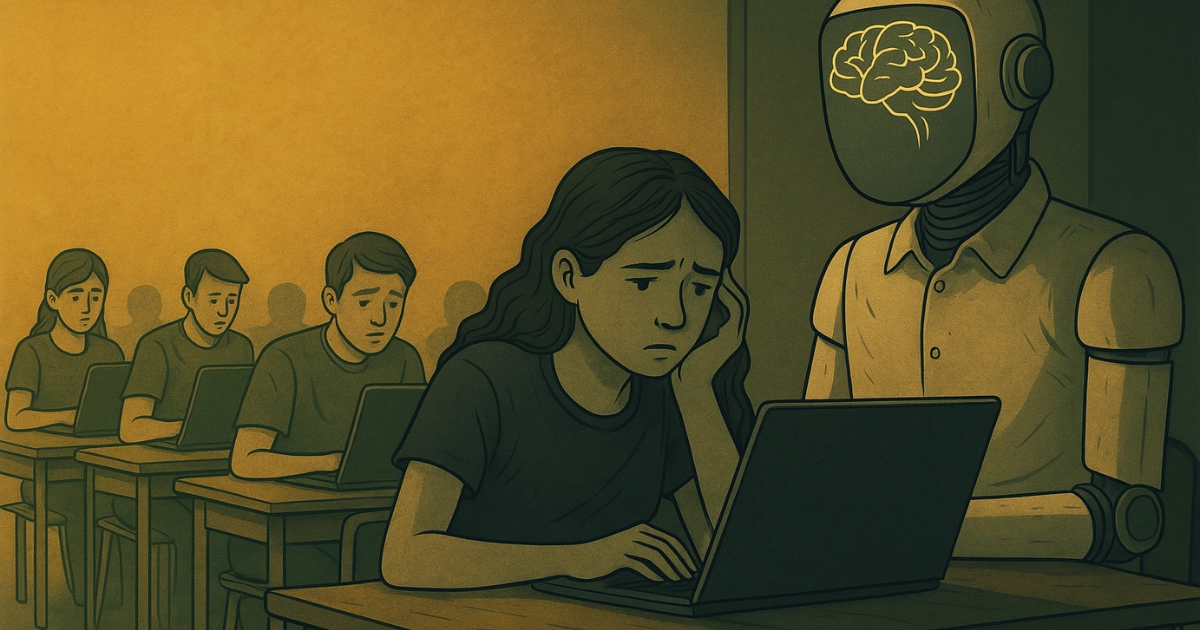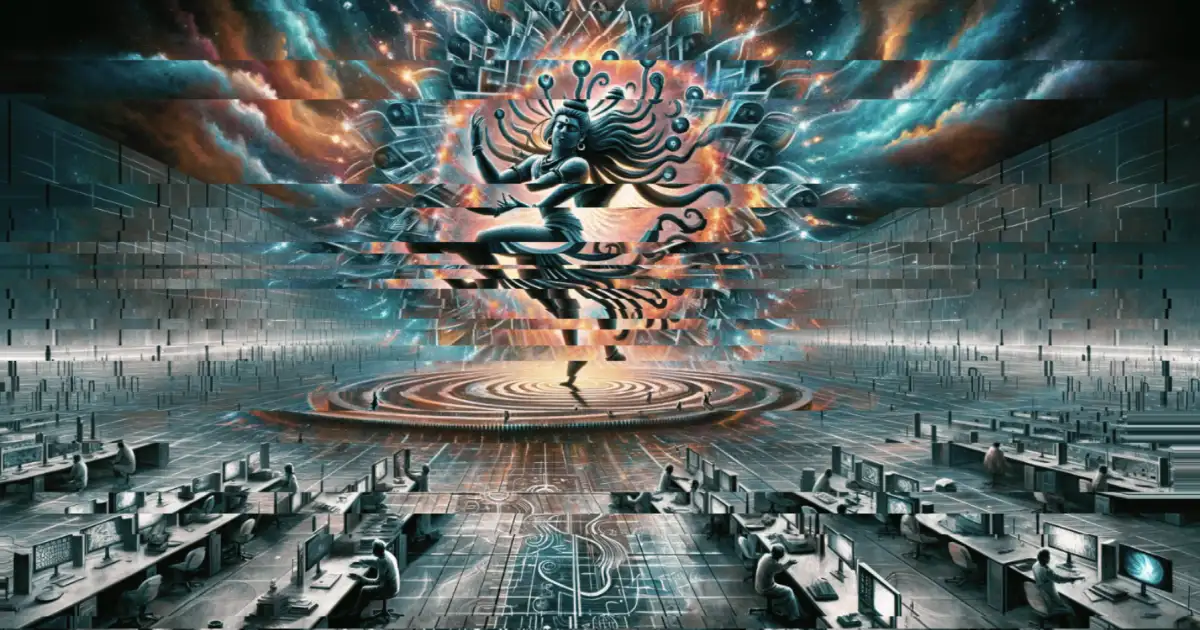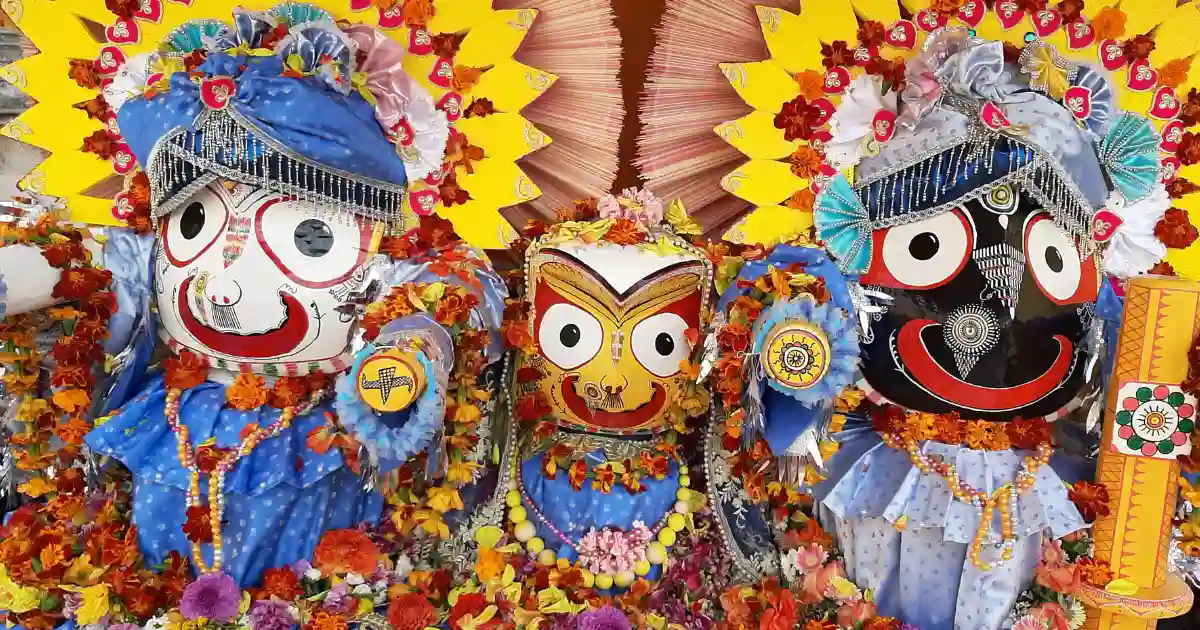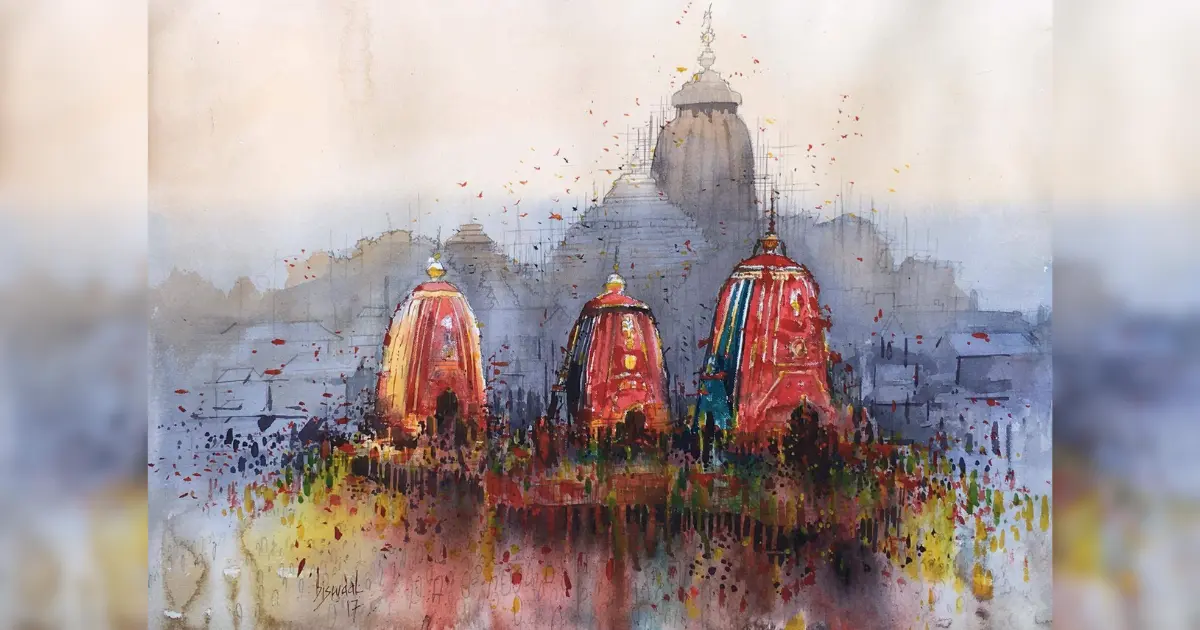There are multiple aspects of cognitive dissonance that we all face today. Some of these include:
- Cultural Schizophrenia: Due to the very world that we now live in - a highly Abrahamic and West-dominated, hegemonized one - people across the globe who come from cultures outside these, by default live with a constant sense of bipolarism or even multiple-identity conflict on a day-to-day, moment-by-moment basis.
- Generation Gap: Due to the increased rate of technological ‘advancement’ or change, the mental and physical experiences of the average human are changing immensely every few years, if not every few months. It becomes more difficult to relate to people of different generations.
- Attack on Attention Span: The exposure to technology has also brought on a steep onset of decreased attention span. Earlier, the mundane, daily experiences of being human (like walking, eating, bathing, and so on) kept the mind somewhat single-pointed and focused on simple activities. Today, a constant bombardment to the mind with screens of all sizes and digital content input of all types has adverse and even unknown effects on the human development, personality, and attention span.
Amongst all these general aspects of cognitive dissonance, there is the specific experience of growing up as an immigrant or second-generation non-native in the West. The storm in a tea-cup is not unique to the Indian diaspora - people from non-Western countries everywhere face a distinct challenge when moving to, settling into, and/or growing up in a Western country.
Nevertheless, the Indian-immigrant experience has it’s own highlights. Below is an account of the NRI experience from a young Hindu today; and that too, one who recently relocated back to India.
Not only is her account compelling, rife with observations about several aspects of cognitive dissonance and identity crisis today; yet also the phenomena she brings to the surface are relevant to non-NRIs and desi, Hindu children growing up in India (that is Bhārat) as well.
Some food for thought to all parents, youth, and educators within the Indic fold.
The Conflicted NRI Experience
Growing up as a Non-Resident Indian (NRI) has been a wild ride. It's like being caught between two worlds. For me, the experience was comounded by the fact that I was born outside India. On one hand, there's this deep-rooted attachment to my Indian heritage, and on the other, the culture and values of the country in which I was born, where I grew up, and what I call home.
I remember feeling like the folks in India would look at me with this sense of contempt and suspicion, like I was some kind of strange breed who didn't love India enough to live there. They'd probably assume I was living this cushy life in a fancy country and only came back to complain about the heat or the lack of infrastructure.
But the truth is, I'm just like everyone else – just trying to make sense of this whole life thing, earn a living, and feel safe and secure. It's not always easy, balancing these two sides of my identity. It's like I'm constantly navigating this challenge, trying to find that sweet spot between my Indian roots and the culture of my adopted home.
Navigating the Brown Identity
One of the biggest eye-openers for me was realizing that I was suddenly seen as different or an outsider in the country to which I relocated back, India. In the United States, where I spent most of my life, I'd never really thought of myself in racial or ethnic terms; but as soon as I moved to India, it was like I had this whole NRI identity thrust upon me.
It was a bit of a shock, you know? I'd come from this relatively homogeneous environment, and now I was confronted with the reality of being different.
I'd feel too foreign to belong in India and not foreign enough (white) to belong in the States.
It's like I didn't quite fit in anywhere. Simple things like mannerisms, terminology, and hobbies make people push forward the label NRI.
The Struggle of NRI Children
As an NRI kid, I had to navigate this whole other level of expectations and cultural norms. In the States, weekends were full of dance classes, piano lessons, Tamil classes, and Sai Center. Over there it was labeled an 'Indian thing'. Other American kids would be going to lessons or having sleepovers, hanging out at the mall, going to concerts, and spending the weekend just like how we see on TV.
Back home in the US, our family friends were a community of Indian families that lived close together and we all grew up together. It's like we had a mini India in our corner of the world.
On the other hand, when I was at school, my Caucasian friends and I were also close. I went to a private school, which saved me from being on the receiving end of public school racism ( which is now very much present).
Moving to India was a struggle. Small things like saying bike instead of cycle or teachers walking to classrooms instead of students walking to different classrooms for different periods constantly reminded me that I was a little different than the people beside me. My friends in the schools I attended in India didn't have the distinct memory of running to the street and buying ice cream from the ice cream truck the same way I did. Having the board exam pressure, and not being able to relate to peers as they reminisce about their school days or summer vacations built up a lot of confusion and frustration.
Although I had a working understanding of Tamil, I never had much practice speaking Tamil, Hindi, or any other language until I moved. I faced quite a lot of pressure from people around me to change my accent, to learn and speak Tamil quickly. Consequently, I was also self-conscious of whatever I did try to speak, and people often made fun of me for that way I spoke as well.
It was a constant tug-of-war between what I knew and what I felt I needed to fix to fit in.
Westernization and the Indian Youth
It's not just us NRIs who struggle with this identity crisis, though. Even Indian youth who've never left the country now find themselves torn between their Indian roots and the lure of Western culture. With the rise of Social Media, the global youth is a preview of what is going on in the world.
Movies, music videos, books, Instagram, etc. have slowly created a certain expectation for youth to live by. Being connected to one's roots, especially in the Indian community, is seen as low-level, and disgusting. This has caused the NRI identity crisis to slowly transform into something today's Indian youth, living in India, are facing.
There's this fear of losing one's culture if you are too Westernized, and Indian families can really stress about that. It's a delicate balance, trying to hold onto your cultural identity while also embracing the influences of the modern world. Just look at a book like Born Confused – the protagonist, Dimple, is right in the middle of that tug-of-war.
Embracing the Dual Identity
At the end of the day, I think the key is to just embrace the dual nature of our identity, rather than trying to choose one side or the other. It's not double-faced to be proud of both your Indian and Western influences – it's what makes us unique. The trick is finding a way to seamlessly blend these two parts of ourselves, instead of feeling like we have to keep them separate. When we can celebrate the richness of our multicultural experiences, that's when we can break free from those rigid cultural boundaries and forge our empowered sense of self.
